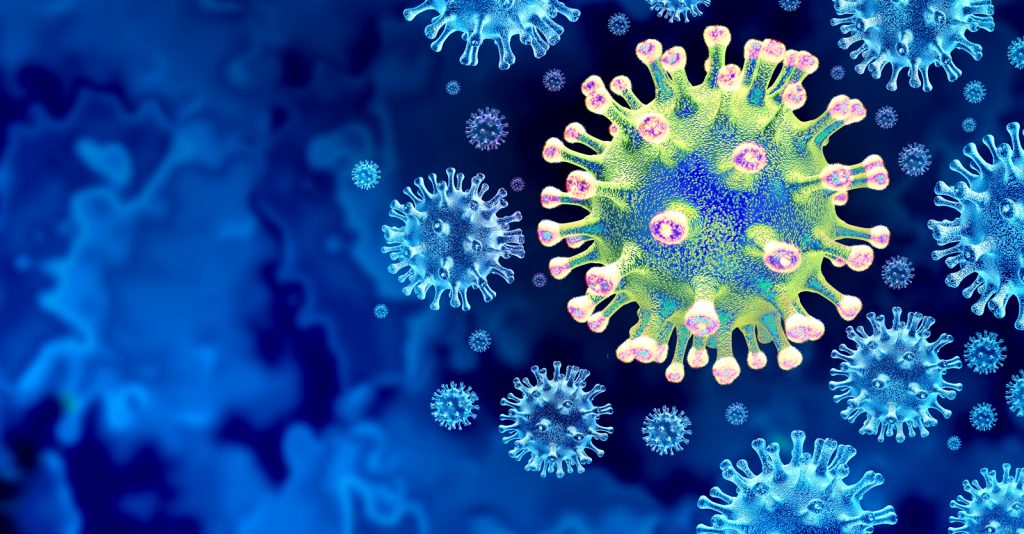In this two-part paper, we aim to give an overview on COVID-19 related abnormal blood clots, how they form, how to detect them early, and how they’re being treated
We previously covered how the spike proteins of SARS-CoV-2 and the COVID vaccines can both cause blood clotting.
There’s no reason to panic about clots, but it’s important to understand the risk.
A normal/negative COVID test result does not completely exclude the potential of clots. Regardless of whether the diagnosis is confirmed or not, if there is a symptom, the most important step is to prevent it.
Move around as much as you can. If you’re resting in bed, try to stretch your legs to keep blood circulating. Don’t start any blood-thinning medications without consulting your doctor first.
Avoid taking any COVID-19 vaccine as much as possible. Once vaccinated, the spike protein is highly thrombogenic, directly activating the clotting cascade. So, the first strategy of preventing the formation of clots is to detox spike protein.
For example, a number of natural ways to increase autophagy could be helpful to degrade spike proteins from the body.
Methods to boost autophagy include intermittent fasting, sunlight, quality and timely sleep, meditation, and walking, as well as naturally derived molecules like ivermectin, melatonin, resveratrol, spermidine, terpene nutrient, etc.
What to Test For
Activation of the clotting cascade leads to both large clots (causing strokes and pulmonary emboli) as well as microclots (causing microinfarcts in many organs, but most notably the brain).
All long-COVD symptoms may indicate the potential existence of microclots in the body, including but not limited to brain fog, memory loss, sleep disorders, anxiety or depression, chest pain, breathlessness, tachycardia, fatigue, post-exertional malaise, etc.
In the legs, swelling is the most common sign of a blood clot. If you have significant swelling in one leg, call your doctor right away.
Some patients have symptoms called “COVID toes”—red, swollen toes that might be due to small clots in the blood vessels of the feet.
By Dr. Yuhong Dong and Dr. Jordan Vaughn









